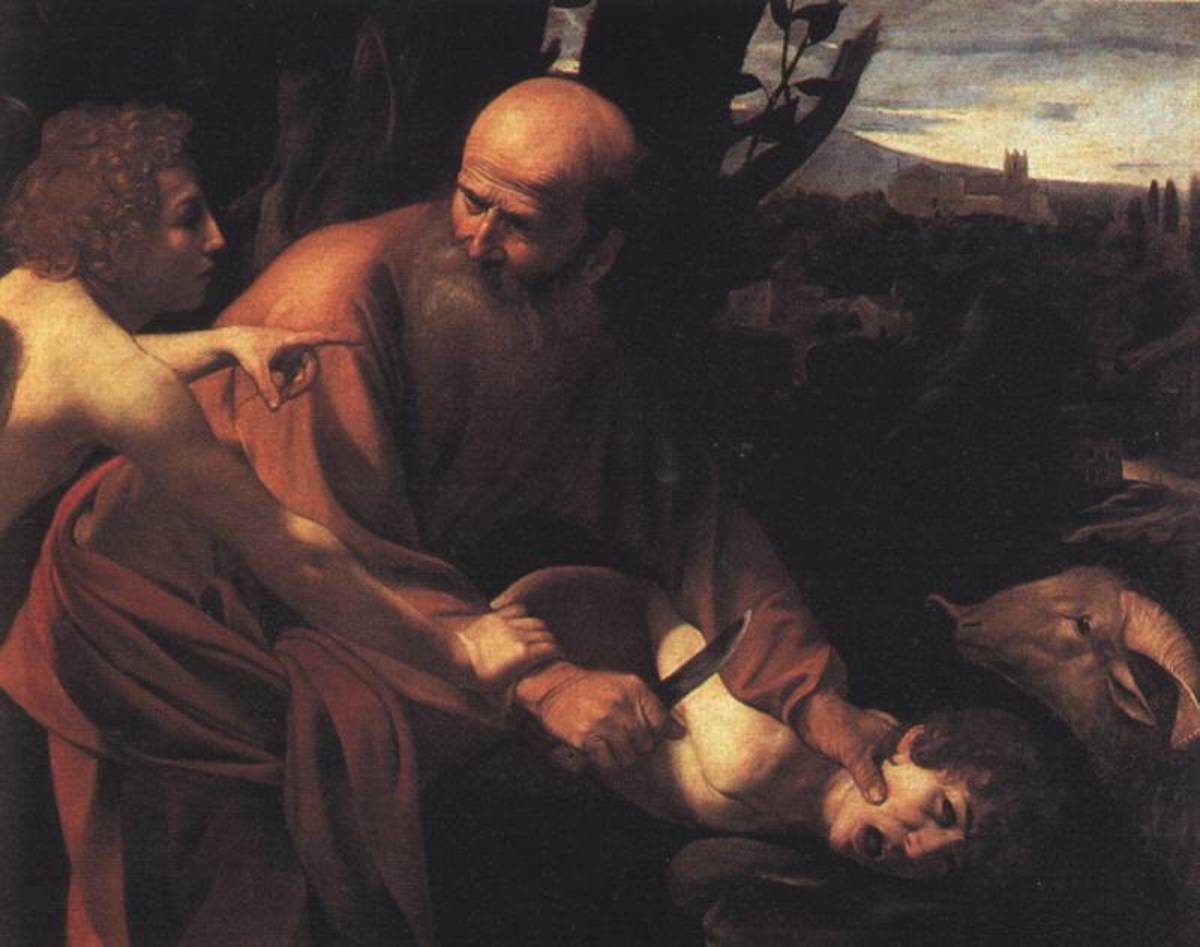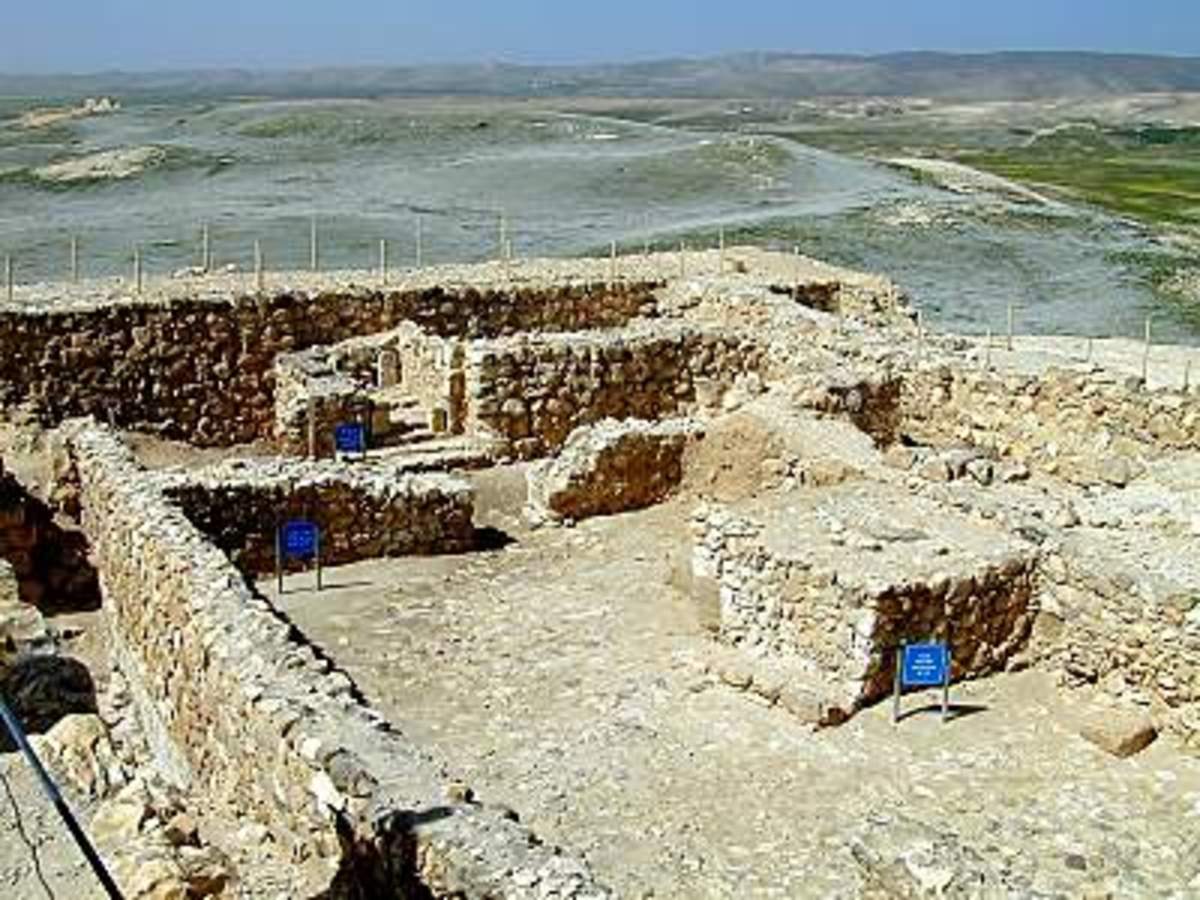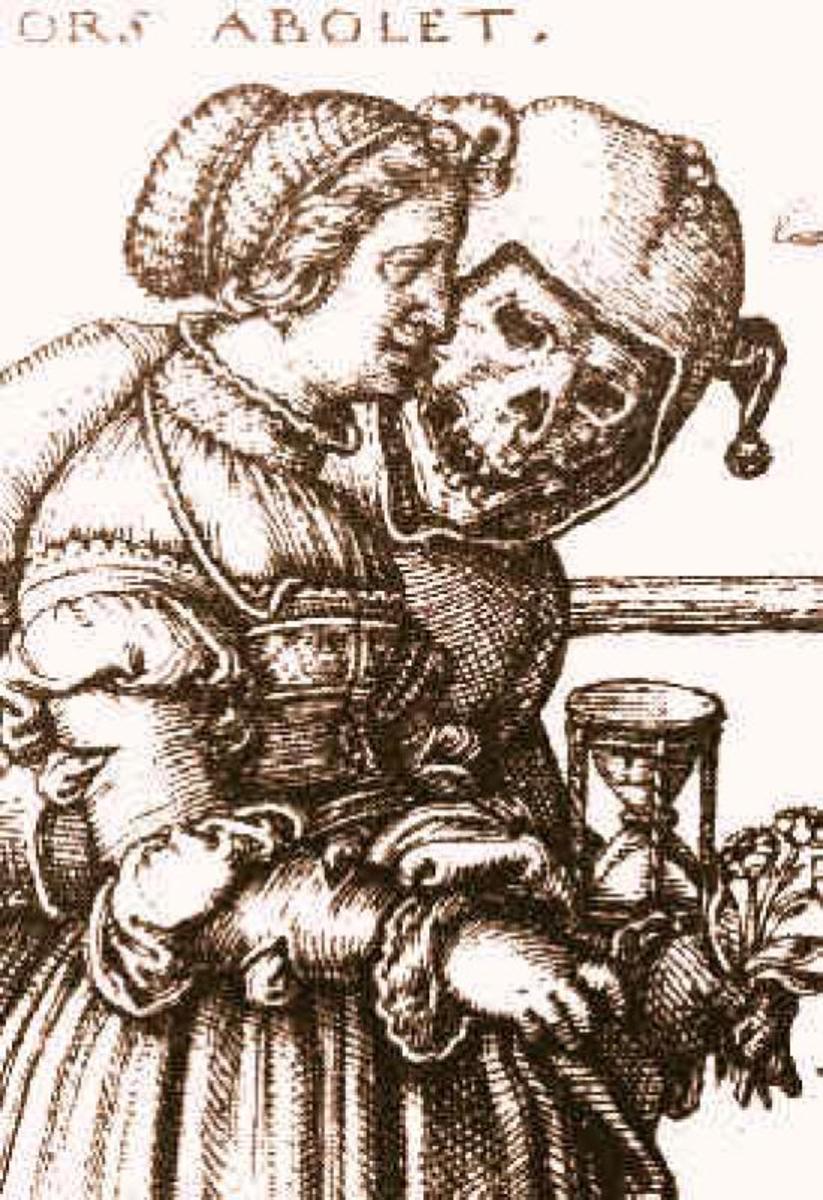Bible: What Does Leviticus 1-4 Teach Us About Sacrifice?
Moses
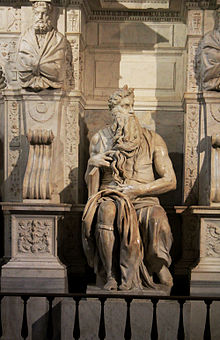
The Priest's Function
view quiz statisticsSheep
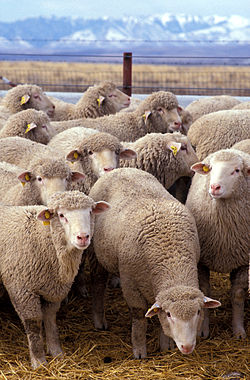
Burnt Offerings
THE BOOK OF LEVITICUS
Having filled the tabernacle with His Presence (cf. Ex. 40:34-38), the LORD now speaks to Moses about the procedures of animal sacrifice, starting with the burnt offering (vv. 1-17).
If an individual worshiper wishes, he may offer an unblemished male from his herd at the door of the tabernacle of meeting (vv. 2-3).
He must first identify himself with the bull as his atoning sacrifice, and then he must kill it (vv. 4-5a).
[In what sense does a burnt offering serve as atonement?
Is it a way to maintain fellowship with the LORD? See Dyrness, Themes in Old Testament Theology, p. 154)].
Priests (Aaron’s sons, in this case) take the animal’s blood and sprinkle it on the altar (v. 5b).
After the worshiper skins and cuts up the animal, the priests place the several parts of the beast on the prepared altar, except for its entrails and legs, and burn all of it (vv. 6-9).
[Who it is that washes the entrails and legs is not clear, but it appears to be the worshiper (“he”) v. 9].
The procedure is very similar if one sacrifices from the flock (vv. 10-13).
The only difference seems to be that one must kill it on the north side of the altar (v. 11).
The worshiper has his responsibility to cut it up and wash its entrails, and the priest must sprinkle its blood, lay the proper parts on the altar, and then burn the entire sacrifice (vv. 12-13).
However, if the worshiper brings inexpensive birds to sacrifice, the method is a bit different.
The priest brings the birds to the altar, wrings off their necks, splits them at their wings without dividing them, and then burns them completely, except for their crop and feathers; these latter waste items he discards onto the ash pile on the east side of the altar (vv. 14-17).
[If performed properly, all three offerings—whether from herd, flock, or birds—provide a “soothing or pleasing aroma” to the LORD].
Purpose of Salt
view quiz statisticsGrain Offering
Leviticus 2
Grain offerings must consist of three ingredients: fine flour, oil, and frankincense (v. 1).
One of Aaron’s sons burns a handful of the mixture as “a memorial . . . , an offering . . . , a sweet aroma . . . ,” and keeps the rest for himself, his brother and his father (vv. 2-3).
A worshiper may bring a grain offering baked in an oven, on a flat plate or griddle, or in a covered pan (vv. 4-7).
He must use unleavened cakes or wafers, either mixed or anointed with oil in the oven-baked variety (v. 4).
The offering fried on a griddle he must break in pieces and mix with oil (vv. 5-6).
The worshiper must use fine flour and oil for the cake made in a covered pan (v. 7).
Again, the priest receives the offering, takes a memorial portion, and burns it on the altar; the remainder belongs to “Aaron and his sons” (vv. 8-10).
The LORD specifies that worshipers must not make an offering with either leaven or honey, and when offering first fruits, they must not burn them (vv. 11-12).
However, they must prepare the grain offering with salt (v. 14).
[Salt is a preservative; therefore, it appears to be symbolic of Israel’s need to preserve their covenant with God].
One final specification on first fruits offerings appears: they must come from full, green heads of grain roasted with oil and frankincense (vv. 14-15).
The memorial portion consists of part of the grain, part of the oil, and all of the incense (v. 16).
Procedure for Acceptable Sacrifice
view quiz statisticsPeace Offering
Leviticus 3
Following the same procedure as with the burnt offering—that is, identify, slaughter, and remove fat and kidneys (vv. 2a, 3-4)—the worshiper sacrifices a peace offering, an unblemished male or female from the herd (v. 1).
As for his part, the priest sprinkles the blood of the sacrifice (v. 2b), and burns the fat surrounding the animal’s entrails and kidneys on the altar (v. 5).
An Israelite may also sacrifice a peace offering from the flock, either a lamb (vv. 7-11) or a goat (vv. 12-16).
Again, he follows the identical method as with the other offerings—identification and slaughtering (vv. 8, 13) and removal of fat and kidneys (vv. 9-10, 14-15 [fat tail included with the lamb, v. 9].
The priest then sprinkles the blood (vv. 8, 13) and offers the fat (vv. 11, 16).
A final declaration makes God’s will plain: no Israelite must ever eat fat or blood (v. 17).
The Tabernacle
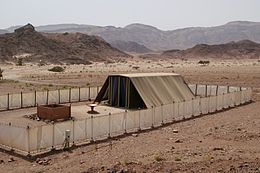
Unintentional Sin
Leviticus 4
The LORD relates the procedure whereby different persons and groups may make offerings for unintentional sin, beginning with the anointed priest (vv. 1-2).
First, the priest must bring an unblemished bull to the door of the tabernacle of meeting, identify himself with it, and kill it (vv. 3-4).
Next, he must sprinkle some of the bull’s blood seven times in front of the veil of the sanctuary (vv. 5-6), put some more blood on the horns of altar of incense, then pour out the remainder at the base of the altar of burnt offering (v. 7).
Third, he must remove all the usual fat and burn it, but the rest of the beast he must take outside the camp and burn it where they dump the ashes (vv. 8-12).
Jesus' Once-For-All Atoning Sacrifice
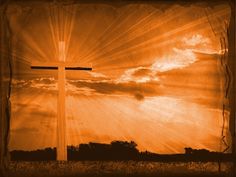
Christ's Death: The Basis for Forgiveness
Whole congregations also sin unintentionally and are unaware of it (v. 13).
When the sin becomes known, a representative of the people (?) will bring a bull to the elders who will identify themselves with it and kill it (vv. 14-15).
Then they must follow the same procedure as above (vv. 16-21; cf. vv. 5-12).
Individual leaders who sin unintentionally bring an unblemished male kid from among the goats (vv. 22-23) and follow the same pattern (vv. 24-26).
Likewise, any common person must bring an unblemished female kid of the goats if he sins unintentionally and perform essentially the same ritual (vv. 27-31).
The commoner may substitute a female lamb, but everyone must do his or her duty (vv. 32-35).
[By obeying the LORD’s commandment regarding sin offerings, individuals, leaders, and the whole congregation are forgiven of their unintentional sins, and restored to fellowship with the LORD.
This forgiveness is based on the future death of Christ.
These sin offerings merely point to His sacrifice; they do not take away sins (See Heb. 10:4)].
© 2014 glynch1

